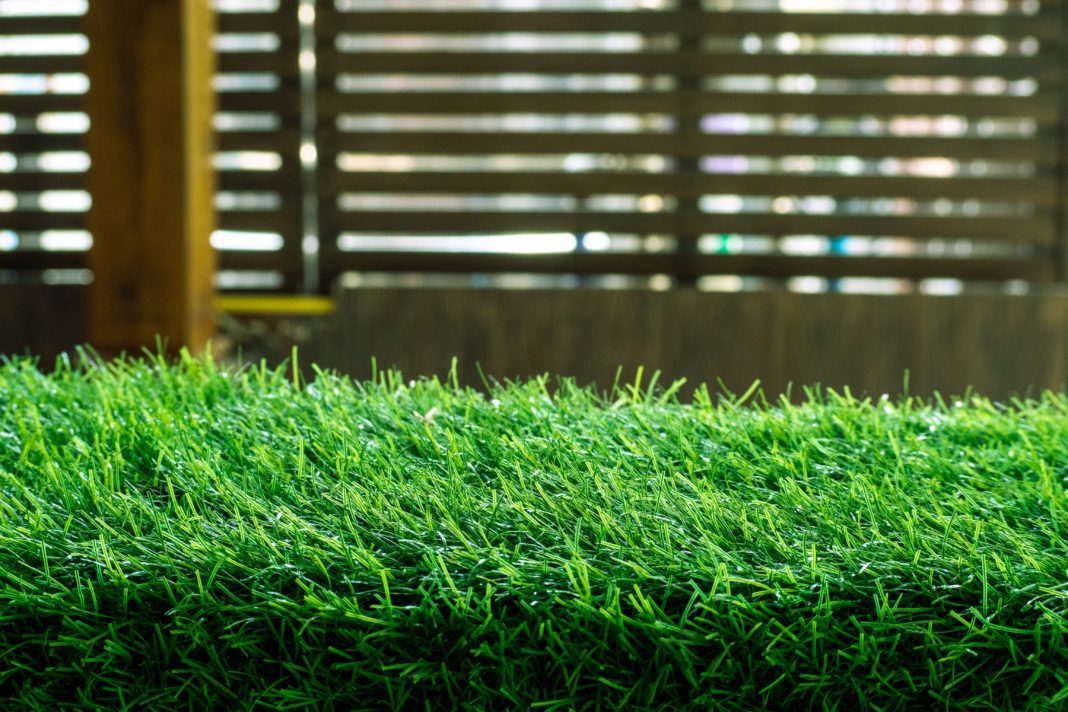When the leaves on the trees turn colorful, the days become darker and the rain pelts against the windows, we know that autumn has arrived.
For garden owners, this is when it’s time to lend a hand again to prepare plants and lawns well for the sunless, wet months ahead.
In order to get artificial turf laid in the garden or on the terrace through the winter, a few steps are necessary in the fall, even with an artificial lawn carpet. This will ensure that the lawn will look bright green and like new in the following summer. This article explains all the necessary work.

Contents
Cleaning artificial grass
First of all, you should remove the leaves from the artificial grass with the help of a broom or leaf rake. It is best to start gardening when the surrounding trees have lost all their leaves. This can sometimes take until November, but it will save you double the work. Regular removal of fallen leaves, especially towards the end of autumn, is important because otherwise, with the onset of frost, layers of leaves can settle on the artificial turf in the garden, which will be difficult to remove later.
After thorough sweeping, you can see if there are any weeds on the surface. This should be plucked out. The laying of weed fleece under the artificial lawn counteracts the growth of weeds, but a few undemanding plants can still settle on the artificial lawn from time to time.
Repairing damaged areas in the lawn
Now that the lawn is free of leaves and weeds, it is easier to spot any burn marks from barbecues or garden parties. To do this, it is advantageous to have some leftovers from the installation of the artificial turf. In this case, carefully cut out the affected areas with a sharp knife and install a piece of new turf. If possible, pay attention to the direction of travel of the artificial turf.
Now is also the ideal time to restore any pressure points that may have been caused by heavy objects, such as garden furniture or a swimming pool, to their original condition. Once all the furniture has been cleared away, simply brush up the lawn with a stiff broom or leaf rake.
Artificial grass in ice and snow
In principle, ice and snow can not harm artificial turf. Thanks to its high water permeability in particular, precipitation can drain off well. However, at very low temperatures below zero, the blades are less flexible than in mild climates. Therefore, it is important to note that when shoveling snow, if desired, use only a plastic shovel, as a metal shovel could break off the blades. It is therefore also advisable not to walk on the artificial turf in icy temperatures to avoid breaking the blades.
With the above tips, winter can come without harming the artificial grass. As soon as spring comes again, you can enjoy the vibrant green with the first rays of sunshine and use the lawn as usual.









